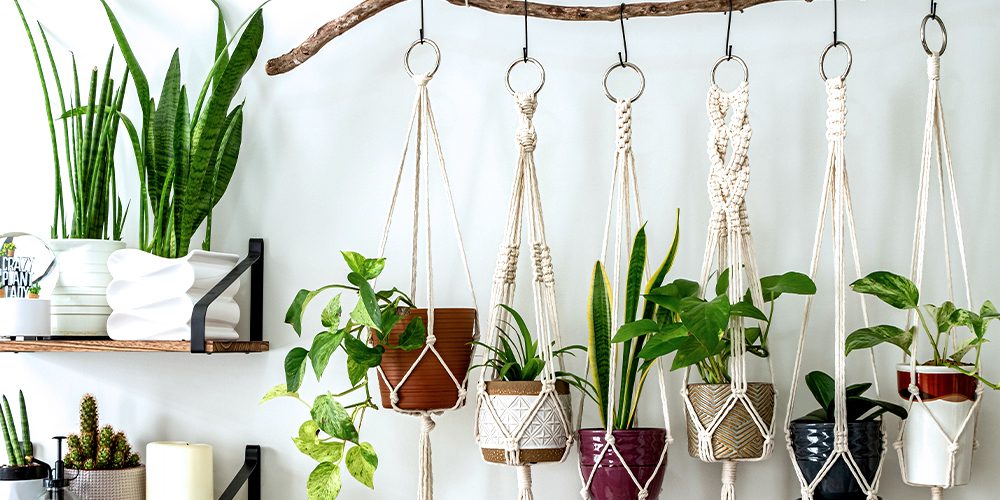Creating an indoor garden is not just about adding greenery to your space; it’s about nurturing a living ecosystem that breathes life into your home. Mastering the art of plant care is the cornerstone of maintaining a flourishing indoor garden. Here are essential tips to help you achieve and sustain an oasis of greenery indoors.
1. Choose Your Green Allies Wisely
Selecting the right plants is crucial for a successful indoor garden. Consider the lighting conditions, available space, and your commitment to care. Some plants, like snake plants and pothos, thrive in low-light environments, while others, such as succulents, crave bright, direct sunlight.
2. Understand Light Requirements
Light is the lifeline of indoor plants. Assess the natural light available in different areas of your home and place your plants accordingly. Monitor their response to ensure they receive the adequate light they need for healthy growth.
3. Optimal Watering Practices
Overwatering is a common pitfall in indoor gardening. Develop a watering routine based on your plant species and their moisture needs. Ensure pots have proper drainage to prevent waterlogging, and use room temperature water to avoid shocking plant roots.
4. Nurture with Nutrient-Rich Soil
The right soil mix is essential for plant health. Use well-draining soil mixes that retain moisture without suffocating roots. Consider repotting as plants grow to provide ample space for root development.
5. Temperature and Humidity Control
Maintain consistent temperature levels and humidity suitable for your plant species. Indoor environments often lack natural humidity, so consider using a humidifier or pebble trays filled with water to increase moisture levels.
6. Regular Maintenance and Pruning
Trimming dead leaves, pruning overgrown branches, and removing spent flowers not only improve aesthetics but also promote healthy growth. Regular maintenance prevents pests and diseases from taking hold.
7. Feed and Nourish
Supplement your plant care routine with appropriate fertilizers or organic compost. Follow recommended feeding schedules to ensure your plants receive essential nutrients for robust growth.
8. Observing and Adapting
Become attuned to your plants’ needs by observing their behavior. Yellowing leaves, drooping stems, or stunted growth may indicate issues that need addressing. Adjust your care routine accordingly.
9. Patience and Persistence
Mastering plant care is a continual learning process. Embrace mistakes as opportunities to learn and refine your gardening skills. Each plant teaches valuable lessons about its unique requirements.
Conclusion
Creating an indoor garden is a testament to your dedication to fostering life and beauty within your living space. By mastering plant care, you cultivate an environment where nature thrives, offering tranquility and joy. Treat your indoor garden as a sanctuary, and in return, it will grace your home with vibrant greenery and a sense of natural harmony.
